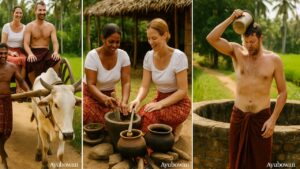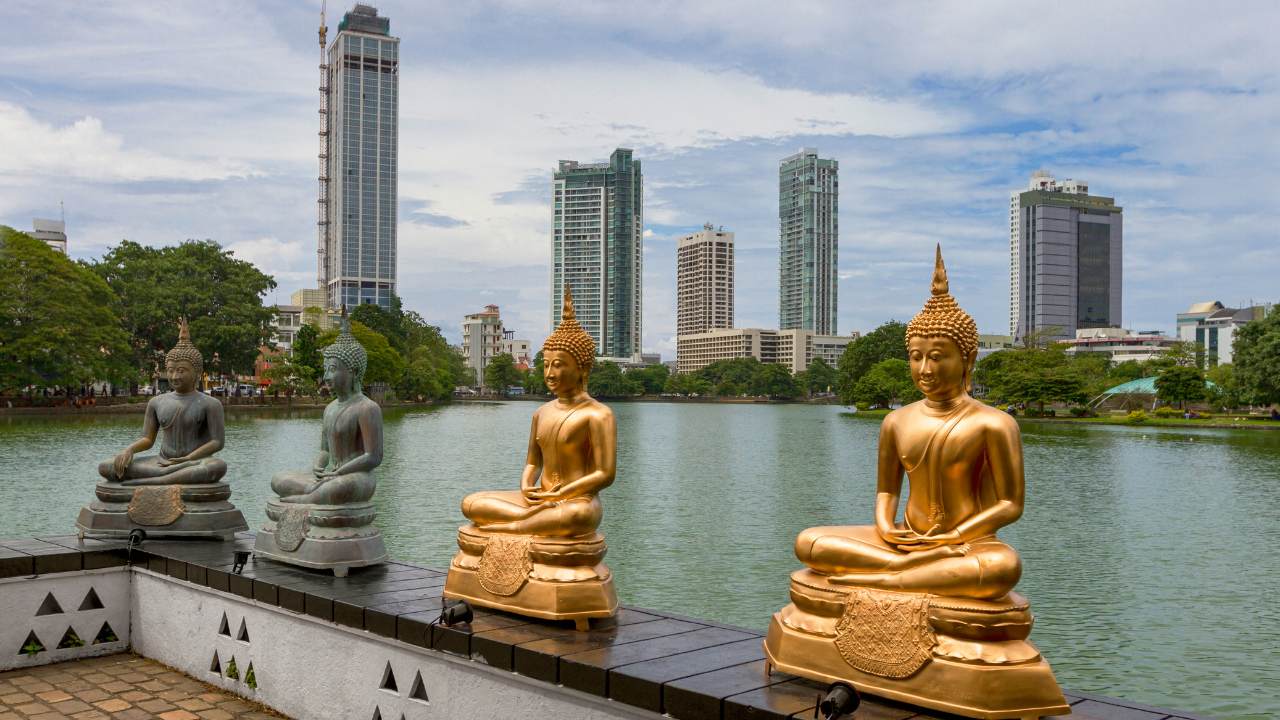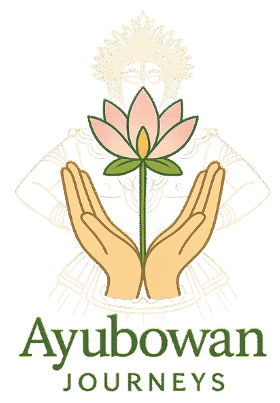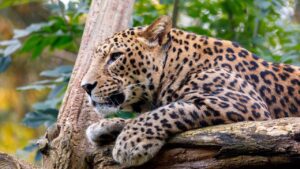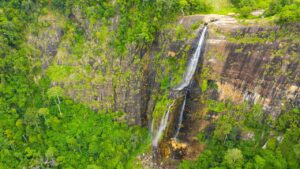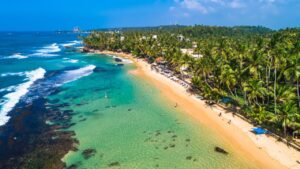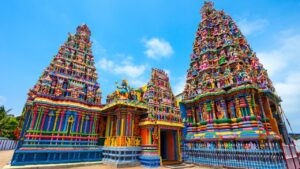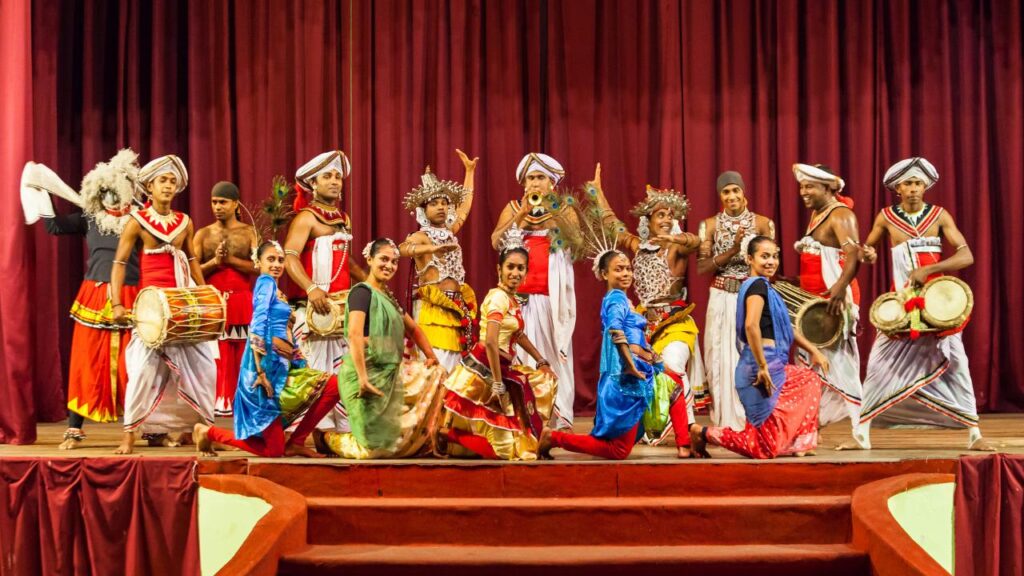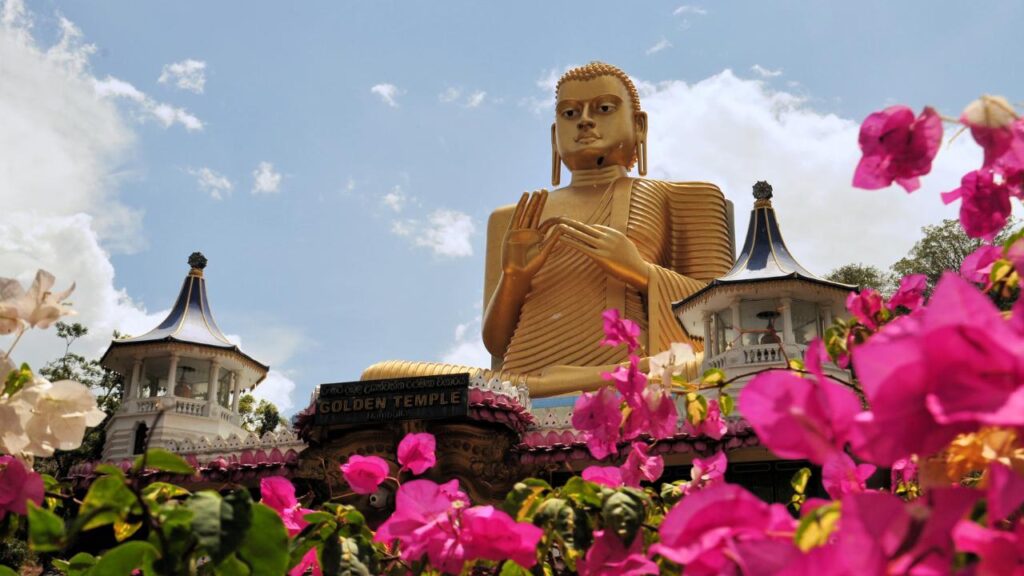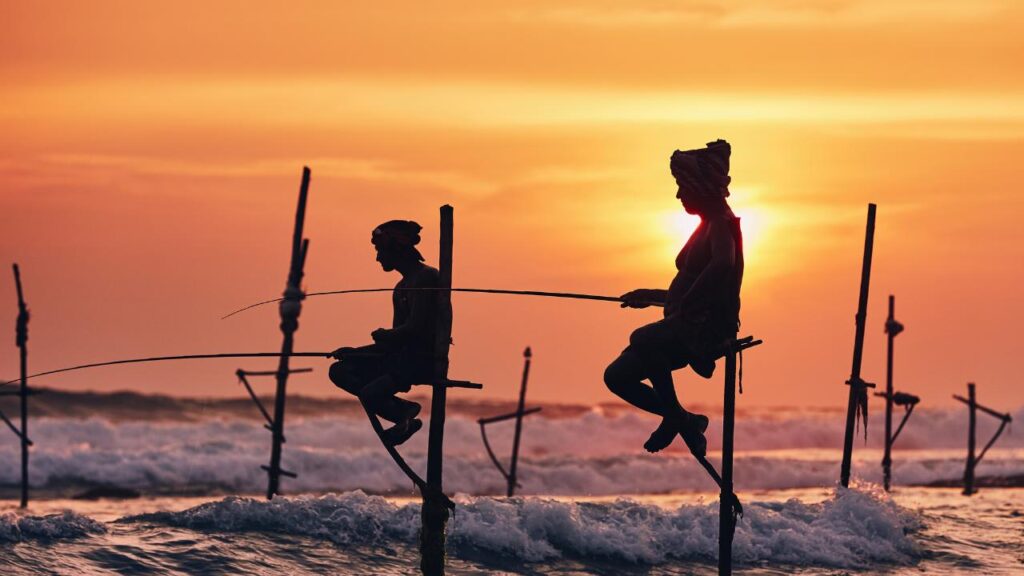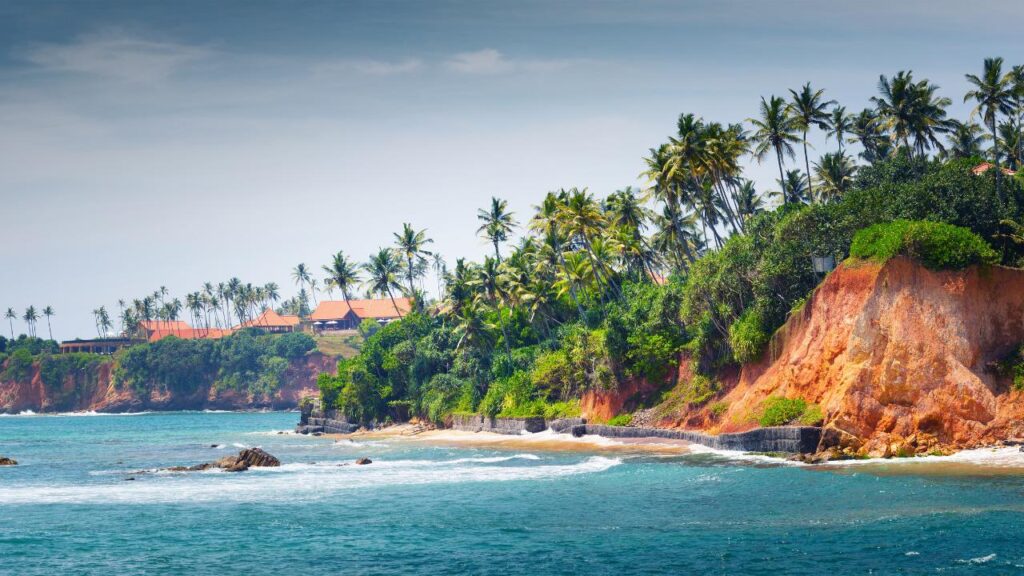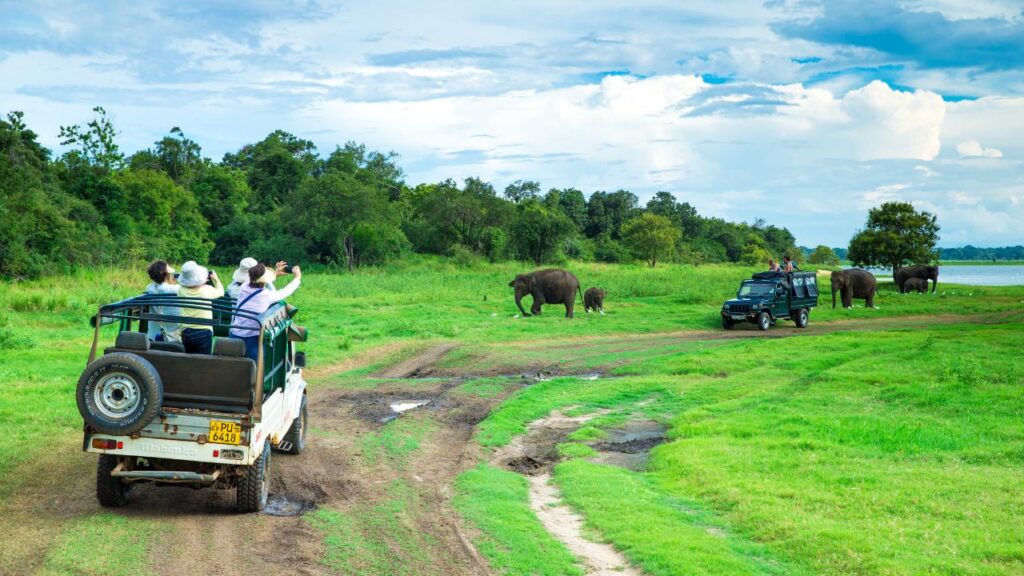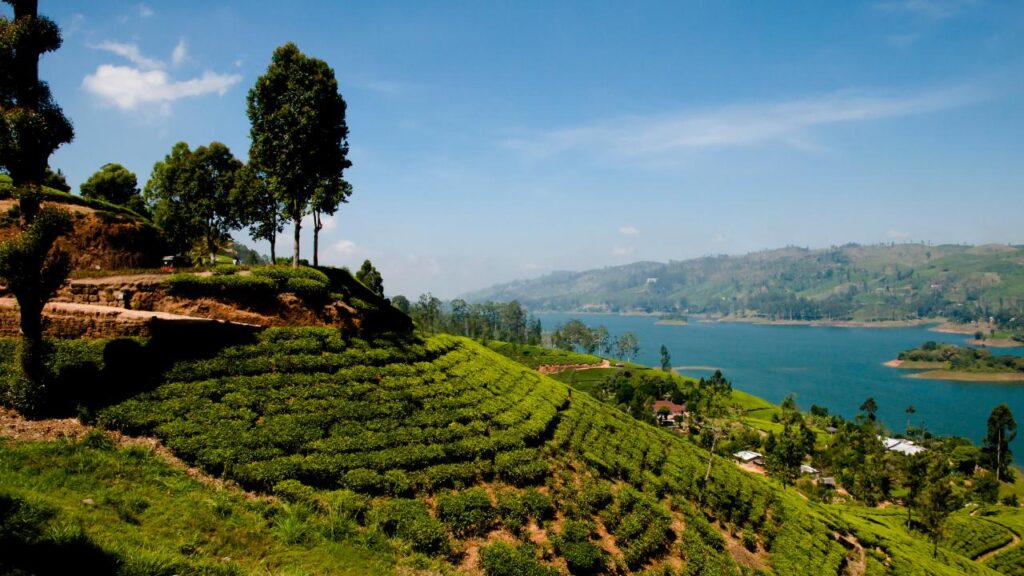Sri Lanka, officially known as the Democratic Socialist Republic of Sri Lanka, is a tropical island nation in the Indian Ocean covering an area of 65,606 sq km (25,322 sq miles). Its official administrative capital is Sri Jayawardenepura Kotte, while Colombo serves as the commercial hub. The country has a population of about 21.4 million people and operates in the GMT +5:30 time zone. The dialing code is +94, and the local currency is the Sri Lankan Rupee (LKR). Sri Lanka’s economy relies on tourism, tea exports, agriculture, and textiles, making it one of the most dynamic economies in South Asia.
Culturally rich and diverse, Sri Lanka recognizes Sinhala and Tamil as its official languages, while English is widely spoken in tourist and business areas. The country is multi-religious, with Buddhism (69%) being the majority faith, followed by Hinduism (16%), Islam (8%), and Christianity (7%). This diversity is reflected in its festivals, traditions, and heritage sites. Sri Lanka is also known for its warm hospitality and strong cultural identity shaped by more than 2,500 years of history.
The island is home to stunning natural landscapes and landmarks. The Pidurutalagala Mountain (2,524 m) is the country’s highest peak, while Bambarakanda Falls (241 m) holds the title of tallest waterfall. The Mahaweli River, stretching 335 km, is the longest river, providing irrigation and hydroelectric power. Rich in wildlife and biodiversity, Sri Lanka is famous for its national parks, elephants, leopards, and tropical rainforests.
International travelers usually arrive via Bandaranaike International Airport in Katunayake, located 34 km north of Colombo. Transport within the island is diverse, from scenic train rides through the central highlands to buses, taxis, tuk-tuks, and rental cars. With year-round tropical weather, breathtaking beaches, ancient temples, and world-famous tea plantations, Sri Lanka truly lives up to its name as the “Pearl of the Indian Ocean.”
